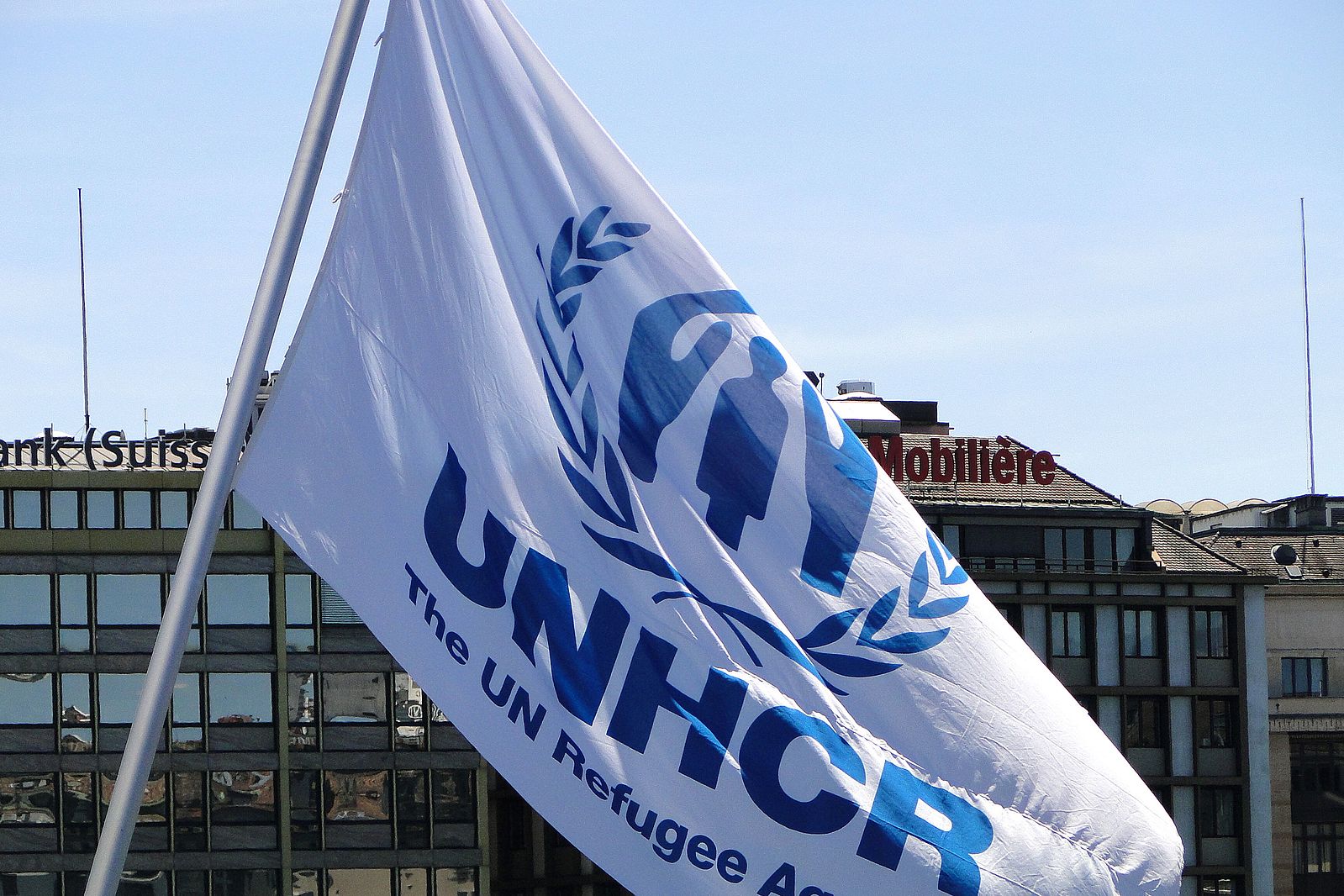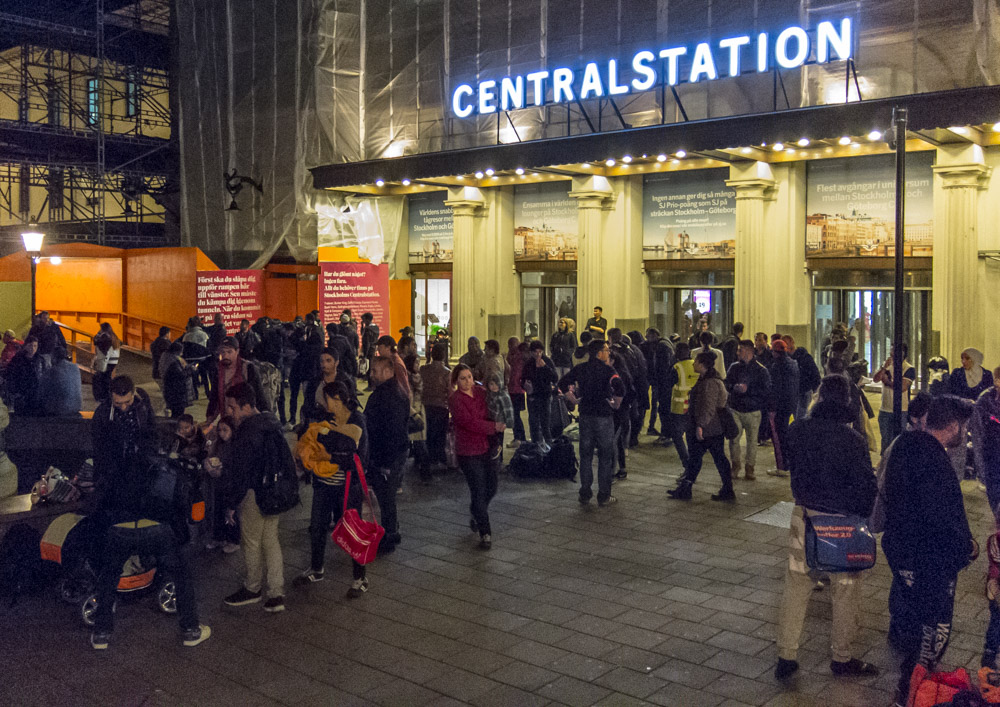A Case for Refugee Integration through Ethnic Enclaves (February)
In February, 2020 the Rights Writers were asked to discuss how a topic has evolved throughout the past decade (2010-now) and look at the issues that have changed significantly during this time period and how these recent changes have affected current approaches to this topic from governmental and non-governmental actors.
One of the foremost topics that dominates the human rights discussion today surrounds refugee migration and how countries are developing new policies to successfully integrate their refugees into local society. According to the UNHCR Global Trends Report released in June 2019, over 25.9 million people were forcibly displaced from their homes and categorized as refugees; 57% of them came from the developing nations Syria, Afghanistan, South Sudan, and Somalia. In a study conducted by Francesco Fasani of Queen Mary University, in 2015 alone, Europe received a total of over 1.5 million asylum applications; a figure which has doubled since 1992.

It’s widely known that refugees face the challenge of integrating into their local host societies because of numerous sociocultural and economic incongruities; many of which can severely impact the refugees’ access to basic human rights. Unsuccessful integration could lead to suboptimal outcomes for refugees and may drive them into a state of further poverty or even compel them to return back to the homes they initially sought refuge from. In light of this, just within the past decade, many European countries have been reconsidering their refugee policies and some have instituted placement systems to help their refugee populations to integrate into their local societies. These placement systems would assign residential locations (according to skills and trades) to refugees as they arrive in order to help restore their economic and social dignity from displacement as quickly as possible. Contemporary studies have found that the refugees who settled in areas with higher numbers of co-nationals had much more robust socioeconomic integration than in areas with a more heterogeneous mix of ethnicities. In fact, for those who settled into neighborhoods with an expansive network of co-nationals, ethnic enclaves, researchers found that this provided refugees with the economic security and stability that they so desperately needed. In my blog, while I lay out case studies that advocate the merit of ethnic enclaves in the refugee integration discussion, I understand that the current literature regarding this issue is divided.
Until recently, ethnic enclaves have not been seen favorably as a viable way for displaced people to integrate into their host nations. In fact, many countries sought to prevent ethnic enclaves from forming in the first place. For example, in 1975, the United States, having experienced the negative effects of the agglomeration pre-Mariel Cuban refugees in Miami ten years prior, used a revised policy scheme to integrate over 130,000 refugees from South Vietnam into their society (the main impetus for this measure were studies that claimed that immigrants in enclaves didn’t socio-linguistically assimilate). Instead of concentrating the Vietnamese into a single location, like the Cuban ethnic enclave in Miami in the 1960s, the United States government as well as different economist voluntary agencies dispersed the Vietnamese across the country. New Orleans, Oklahoma City, Galveston, and Kansas City were all places that received some of their first Asian immigrants from this placement program. Germany had a similar dispersal program for its refugees that was founded on studies that showed that the long-term success rate of economic integration through ethnic enclaves was not successful in the long-run, suggesting that enclaves actually negatively affected wages. Although dispersion policies have been the overwhelming precedent for refugee integration since the 1950s, new studies from this decade have suggested the merits of the exogenous placement of refugees into ethnic enclaves as an effective means of long-term integration.

Recent studies that cover the effects of the exogenous placement of refugees by the government, most notably in Switzerland, Denmark, and Sweden, have discovered new positive correlations that are informing today’s refugee integration debate. A 2019 study published in the Proceedings of the National Academy of Sciences analyzed the effects of ethnic enclaves on the employment outcome of refugees by using Switzerlands’ placement program for recently arrived refugees. This program allowed the researchers involved in the policy to study the socioeconomic outcomes of government-placed refugees and non-refugee immigrants who chose to settle in ethnic enclaves. The study found that carefully matching refugees with ethnic enclaves across the country actually increased the refugees’ probability of employment in Switzerland. Sweden and Denmark have used a similar placement strategy for refugees. According to current economic literature, in Sweden, a one standard deviation increase in an area’s ethnic enclave population caused a 13 percent increase in the earnings for low-skilled refugees of the same ethnicity placed in the area by the government. Similarly, in Denmark, a study found that the results of its exogenous refugee-placement program stated that “7 years after immigration, refugees who lived in an ethnic enclave earned substantially more than non-enclave members;” a figure that indicated a positive trend towards increased income security for refugees within ethnic enclaves. Additionally, this same study found that as the ethnic enclaves increase in size due to the influx of ethnically similar refugees, overall annual earnings increased by over 18 percent and members of that community become more knowledgeable of the job information available to them. Because of the economic gains from refugees who eventually settled into ethnic enclaves within their host country’s society, this provided the refugees with an increased flexibility to either stay and thrive in their host country or choose to restart their lives back at home.
Although the literature is mixed regarding ethnic enclaves and their viability towards successful refugee integration, new studies provide robust evidence that discusses the economic benefits of integration; something that ultimately increases their livelihood. As conflict, political turmoil, and environmental factors continue to displace thousands of people global actors will increasingly need to find ways to effectively incorporate their refugee populations into their local societies. Ethnic enclaves have reemerged within the past decade as one of these “viable” solutions as countries continue to seek sustainable and speedy methods to integrate their exponentially-increasing numbers refugees.
